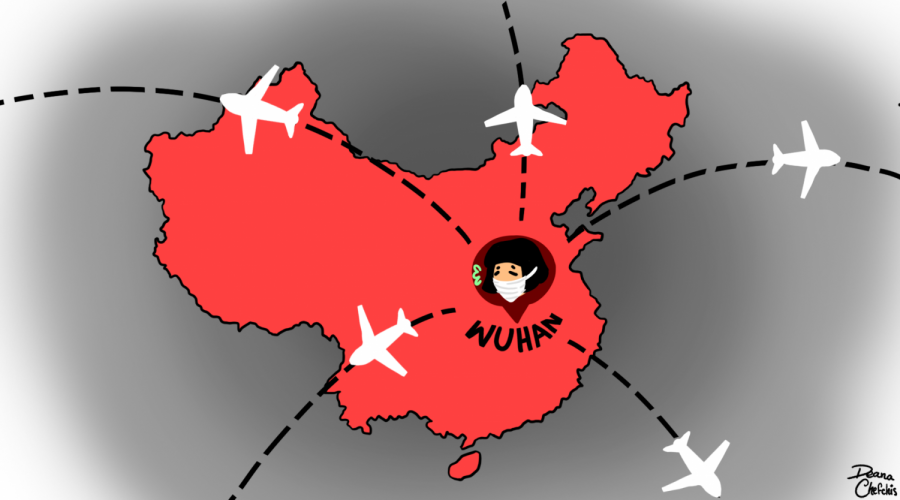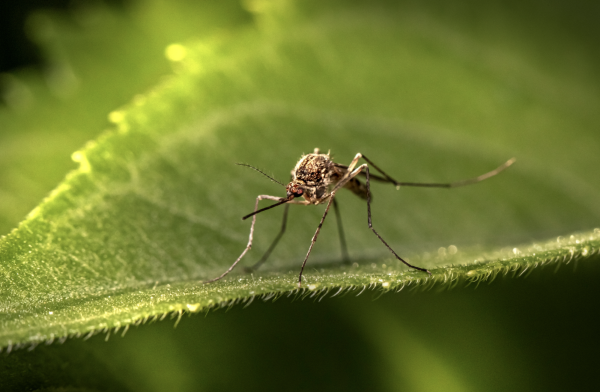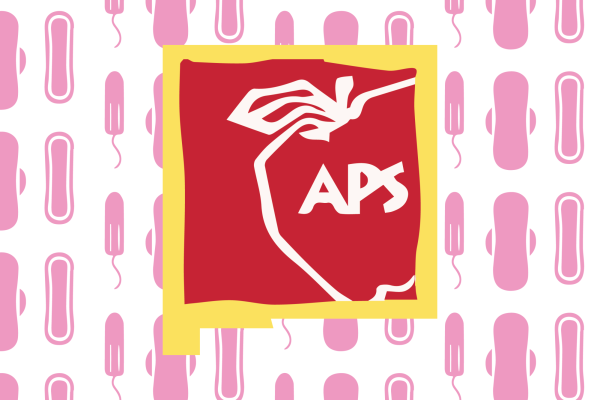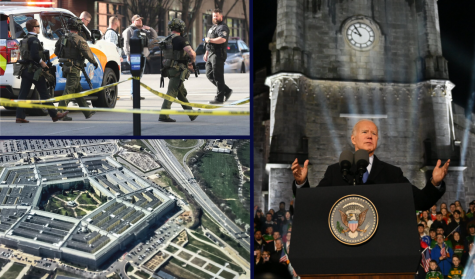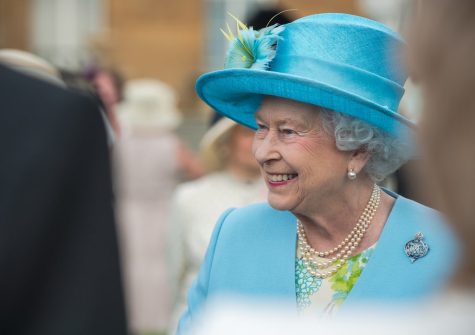How is China now?
It has been over three months since cases of unknown pneumonia were identified in Wuhan, China, linked to a popular seafood market in the city. These clusters of infections soon turned out to be COVID-19, a novel coronavirus disease that is now wreaking havoc in the world. The virus has hit the U.S. especially hard with 42 states ordering their residents to stay at home amid staggering rises in cases. All 50 states are under a state of emergency While our global focus has shifted inward, for the time being, no one has been hearing about conditions in China, the original epicenter of the pandemic. So, how is China now?
On January 23, the federal government of China ordered a lockdown of Wuhan, closing all public transport and highways. Just after the lockdown was announced, surrounding cities in Hubei province instituted their own lockdowns, eventually affecting an estimated 57 million people, almost three times the population of the state of New York State. Later, Chinese officials issued an extension of the stay-at-home order, including the closing of all non-essential businesses and schools until Mar. 11. It seems now that these strict measures put in place by the Chinese government may have worked.
At its peak in late February, China reported just under 20,000 confirmed cases of COVID-19. New cases then fell rapidly, with only 108 on Apr. 12. Data shows that in China about 94% of previously infected people have recovered, compared to the U.S.’ 6%. On March 14, Chinese government officials announced that the only high-risk area in Hubei province was Wuhan, paving the way for normalcy to return. Ten cities then announced their intentions to loosen control in their area. A week later, Wuhan eased its restrictions on travel, and on April 8th, the lockdown in Wuhan was officially over.
With President Trump hoping to open the economy as soon as possible, the U.S. should look at China as a guide to reopening the country. China’s efforts at gradual reopening have succeeded, with daily life incrementally resuming. China effectively rolled out contact tracing, which alerts people if they have been exposed to the virus. Chinese government acted quickly, locking down cities before they had any confirmed cases of COVID-19. They also tailored responses to the virus based on individual communities. The lockdown in Wuhan was very different than in neighboring cities. Through their efforts, China has “flattened the curve” and we hope the United States will be able to as well.

Uzair Hammad '24 has been a writer and editor for The Advocate for four years, finally ascending to the fabled position of editor-in-chief. In his free...


